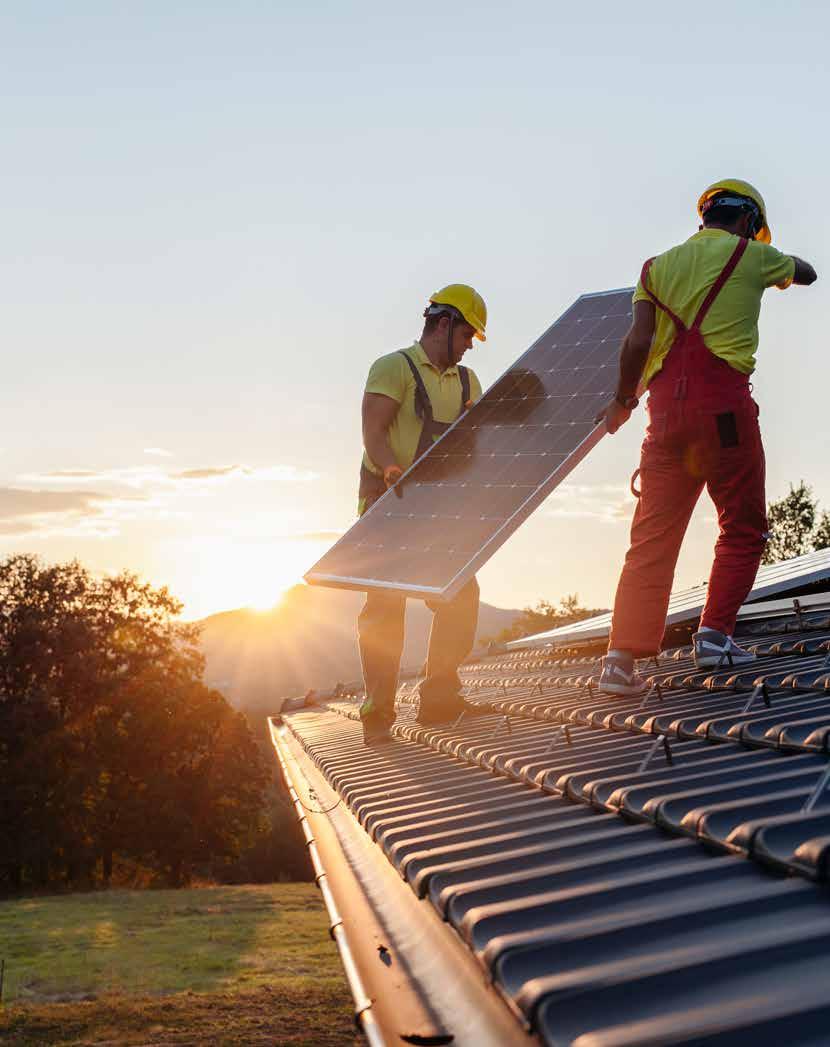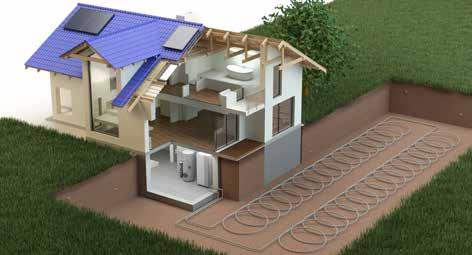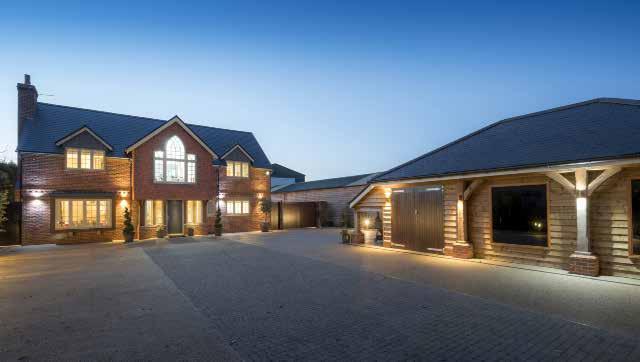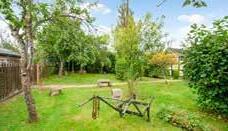
5 minute read
Sustainability and future proofing
Increasing energy prices and rising awareness of the environment and climate change are having a significant impact on the way we think about heating and powering our homes. The solution must lie in the use of environmentally sustainable systems, but the pathway to change is far from clear.
The prominence of COP26 last year helped to focus our collective conscience on our environment and steps that would need to be taken to move us towards net zero over the coming years. The conference confirmed that climate change is one of the most pressing problems we face, and that action is urgently required. Whilst governments across the world were encouraged to make pledges to reverse the worst of climate change, the average person perhaps began to think a little more about the steps that they could take to reduce their personal impact on the environment. Modes of transport seem to be an area where we can do a great deal with relative ease, but what to do about our homes feels more complicated.
15 years ago, we were starting to see houses where the owners had invested in environmental solutions for heating and energy generation. At that stage, however, most people failed to attribute any value to the systems. Most people preferred the familiarity of their gas supply or the oil tank to heat their homes.
By the end of 2022, we are on track to have over 30 million homes in the UK. As we highlight on page 32, house builders are now regulated to construct properties that will have a much lower impact on our environment than the majority of our current homes. All very well if you are the owner of one of those homes, but if not then you might want to consider the steps that could be taken to make a home more sustainable. There is a plethora of heating options available to us but selecting the right option for you and your home will undoubtedly be challenging. The most sustainable heating solutions are generally considered to be geothermal options which extract heat from beneath the Earth, using a small amount of electricity to pump fluid through underground pipes to absorb natural heat and then above ground use the natural heat to warm buildings. Critically, they generate more energy than they consume. Air source heating is based on a similar idea, and of course unlike traditional boilers, they don’t run on fossil fuels.
If a geothermal or heat pump system is a consideration for you then advice must be taken, and we would recommend that you speak to three installers to ensure you are best placed to make the right decision.
To power your homes, wind turbines and solar power are generally considered the most environmentally friendly. There are of course options to buy energy generated in an environmentally sustainable way, but if you are focused on generating your own energy then solar photovoltaics and battery storage could be a consideration. Low-cost energy generation might be particularly handy when you are considering the purchase of an electric car. Improved insulation is also very important. Ideally you can keep the cold out and the warmth in, and the holy grail is achieving a home that is easy to heat in winter and cool in summer. It is difficult to implement efficiency improvements piecemeal and expensive to make the changes in one hit, so forward planning and strategic investment that is tied in with key trigger points (such as moving home or renovating) can pay dividends. Better windows with double or triple glazing are great if possible but if not, then investing in the careful maintenance of traditional windows is well worthwhile and you may be able to incorporate secondary glazing.
If you’re familiar with home energy performance certificates, the latest target by the early 2030s is that all homes will have reached a minimum efficiency of grade C where feasible; a tall order for some. As you start to consider sustainable power and heat options, it’s worth knowing that most people are increasingly aware of their environmental footprint and increasingly determined to take steps to reducing it. Most will now acknowledge that there is significant added value in homes where steps have already been taken to move towards sustainable heating and power both in terms of monetary value but also in a clearer conscience.


A rarely available country property, in a rural setting
Staverton, Northamptonshire




Click to find out more
• A 6 bedroom detached family home • Detached garage, stores and parking • 2 bedroom barn conversion • Range of buildings and stables • Q class planning for barn conversion • Mature tree-lined drive • Well divided and maintained paddocks • EPC Rating F
Guide price – £1,950,000
Banbury 01295 271555
A superbly presented and impressive family home

North Kilworth, Lutterworth

Guide price – £995,000
Market Harborough 01858 410200
• Impressive entrance hall, sitting room • Family kitchen, dining area, utility • Family room with games area • Master suite, dressing area, en suite • 3 double bedrooms with en suite • Triple garage with gym area and store • Landscaped gardens, driveway and views • EPC Rating B

Click to find out more
• Versatile accommodation with period features • Sitting room with open fire • Dining room, family room and kitchen • 4 bedrooms • Family bathroom and wet room • Gravelled driveway with ample parking • Gardens and paddocks totalling 1.55 acres • EPC Rating E


A charming detached country cottage with period features
Radford, Worcestershire



